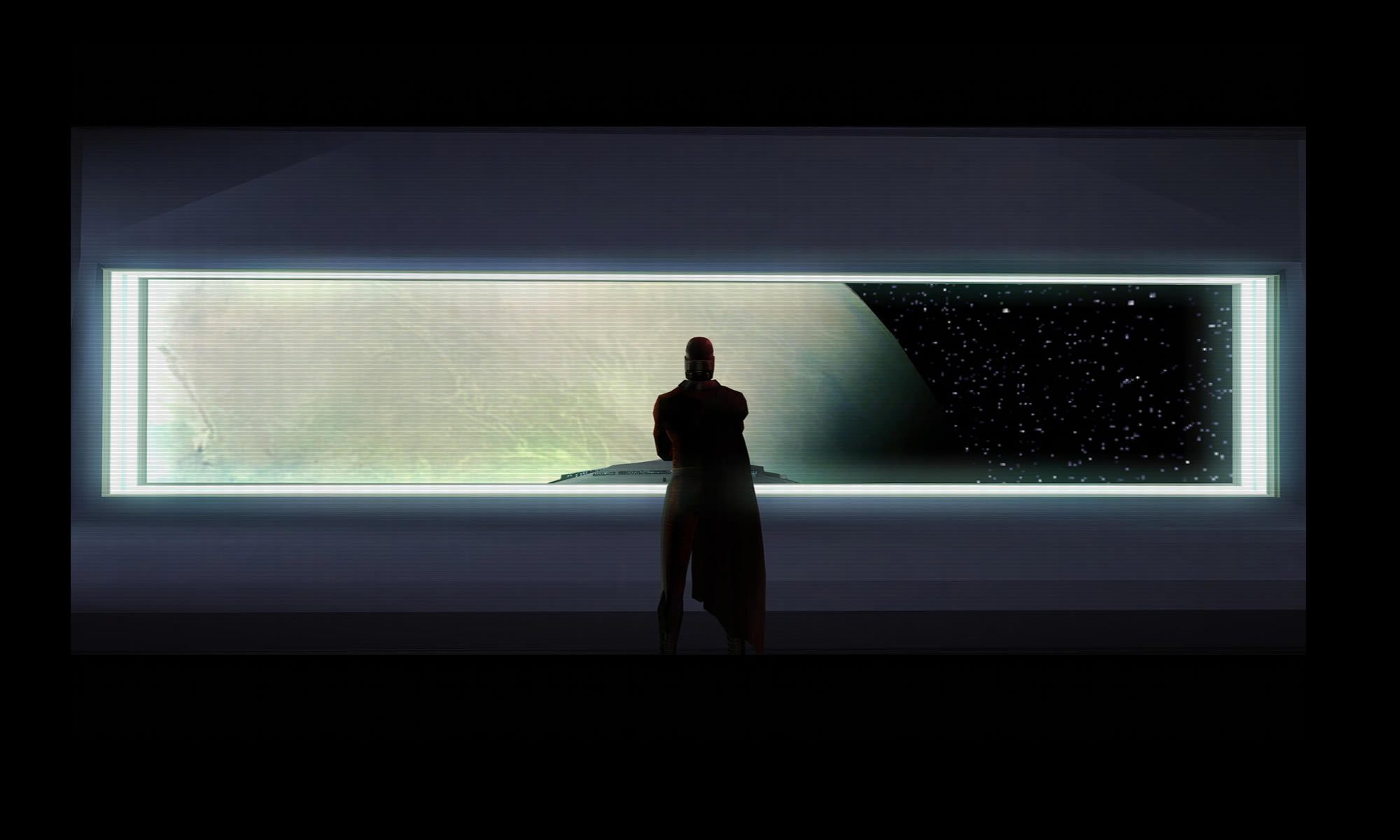Every SSD and HDD will eventually fail. A while ago, I started to notice that my SSD’s performance was getting worse, so I made my decision to move to a new SSD. The easiest way would have been to do a fresh install. But I’m a bit lazy sometimes, so I looked for a solution, where I could simply clone the entire drive. It didn’t take that long to find it, and it’s not even that hard.
Well, you can technically make it harder. It depends on two factors.
First: Does your drive contain the operating system and the EFI system partition? If not, then the easiest solution would be to copy and paste all files using Windows Explorer. If it does contain the OS and/or ESP, then you have two options. In case you have another PC, you can try software-based solutions. I’ve used Macrium Reflect Free before, but from what I’ve seen manufacturers like Samsung also provide (free) software.
My case was a bit different: I had already connected both drives to my PC and didn’t really want to use a secondary PC. From what I’ve read, there is software that allows you to clone a drive while you’re actively running Windows from it. However, that is highly discouraged as there is a good chance that your file integrity will be compromised. File integrity is something you really don’t to mess with.
Another solution, then. I was looking for bootable software you could put on a USB stick. Turns out, there is. Clonezilla is a free open-souce Linux-based tool that has existed for more than fifteen years.
Preparation depends on whether you run BIOS or UEFI, but most computers nowadays run the latter. Mine did as well, so all I had to do was download the amd64 version and unpack it onto a USB flash drive formatted in FAT32.
After restarting my PC, I chose to boot from the USB drive. Everything after that is pretty much self-explanatory. There are other features, but the most important are the ability to clone a drive and to save/restore drive images. This probably goes without saying, but when you clone a drive, it’s important not to mix up source and target. Clonezilla asks two or three times to confirm your decision, and I can’t even blame them for that. What’s also obvious: Your target drive needs to have at least as much space as your old one. The last info Clonezilla needs to work is, what it’s supposed to do after completion. I simply told it to shut down the computer.
Then Clonezilla gets to work. It took me about five or six hours, but there really isn’t any input needed, so I left my computer for a few hours and when I came back it was all done. After removing the old drive, Windows naturally booted up from the new one and continued running without any issues whatsoever.

